Table of Contents
Dried Thai bird chiles deliver intense heat (50,000–100,000 SHU) and smoky flavor essential for authentic Thai dishes. This guide covers everything you need to know: storage tips, cooking techniques, safety precautions, and recipe ideas to maximize their potential.
Introduction to Dried Thai Bird Chiles
Native to Thailand, these chiles are the backbone of Southeast Asian cuisine with unmatched heat and complexity. Their versatility makes them indispensable for both traditional recipes and modern culinary experiments.
The Spice Profile of Dried Thai Bird Chiles
| Feature | Description |
|---|---|
| Origin | Thailand |
| Heat Level | Very Hot (50,000–100,000 SHU) |
| Flavor | Smoky, earthy, slightly sweet |
| Texture | Dry, brittle |
| Usage | Curry pastes, salsas, sauces, spice blends |
These chiles offer more than just heat—their complex flavor profile enhances dishes with smoky depth that pairs perfectly with garlic, ginger, and coconut milk.
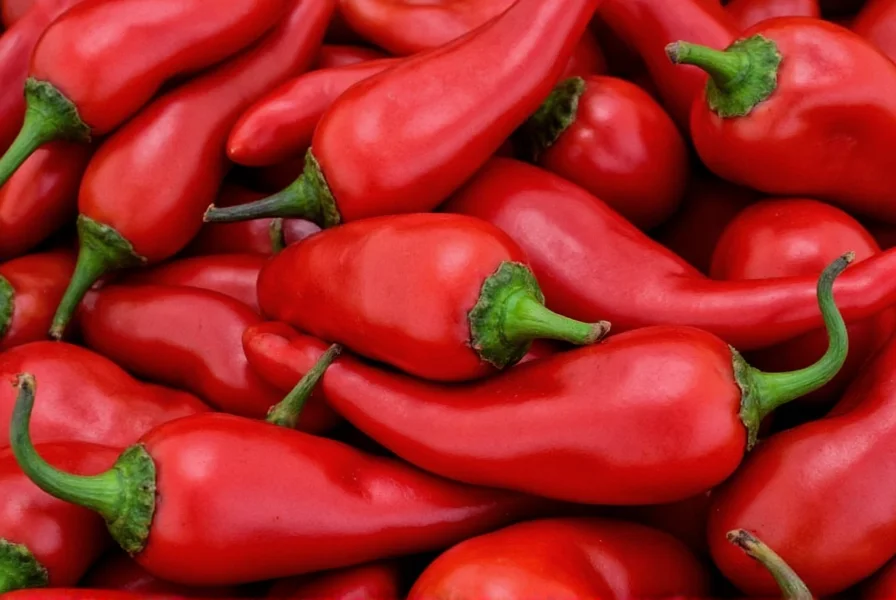
Practical Cooking Tips with Dried Thai Bird Chiles
Maximize flavor while controlling heat with these expert techniques:
- Soak Before Using: Soften dried chiles in warm water for 10–15 minutes before grinding or blending.
- Toast for Depth: Lightly toast in a dry pan to intensify smoky notes before incorporating into recipes.
- Start Small: Begin with 1-2 chiles per dish; adjust gradually to avoid overpowering heat.
- Grind for Versatility: Create fine powder for sauces or coarse flakes for rubs using a spice grinder.
- Balance with Creaminess: Pair with coconut milk or yogurt to mellow heat while preserving flavor complexity.
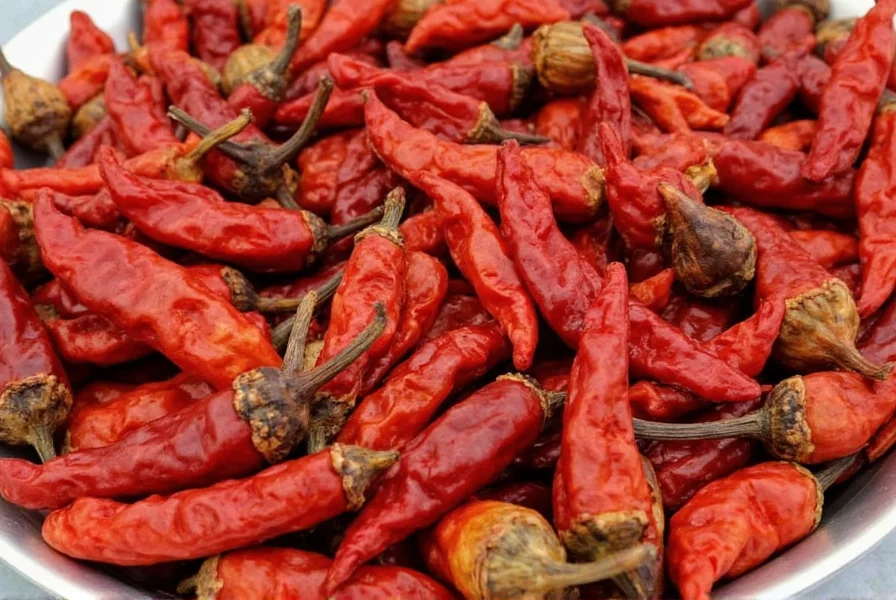
A Detailed Buying Guide for Dried Thai Bird Chiles
Quality matters when selecting dried chiles. Here’s what to look for:
Key Features to Look For
- Color: Vibrant red-orange indicates freshness; avoid dull or brownish specimens.
- Aroma: Strong, pungent scent confirms quality; musty smells signal staleness.
- Texture: Should be dry and brittle—never sticky or moist.
- Origin: Authentic Thai-grown chiles provide the best flavor profile.
Recommended Products
- Thai Bird Chili - Organic
- Features: Organic, sun-dried, no additives
- Advantages: Pure flavor, ideal for health-conscious cooking
- Use Cases: Authentic Thai curries, homemade spice blends
- Spicy Thai Bird Chiles - Bulk Pack
- Features: Large quantity, cost-effective
- Advantages: Perfect for commercial kitchens and frequent use
- Use Cases: Restaurant-grade curry pastes, large-batch sauces
Culinary Uses and Flavor Pairings
Classic Thai Dishes
- Green Curry Paste: Essential for authentic heat and depth in Thai curries.
- Pad Thai: Adds subtle kick to balance sweet, sour, and savory notes.
- Tom Yum Soup: Infuses spicy complexity into this iconic hot-and-sour broth.
Modern Creations
- Spiced Chocolate Desserts: Creates surprising heat contrast in truffles and cakes.
- Homemade Hot Sauce: Base for customizable condiments with vinegar and garlic.
- Meat Rubs: Combine with salt and smoked paprika for bold grilled flavors.
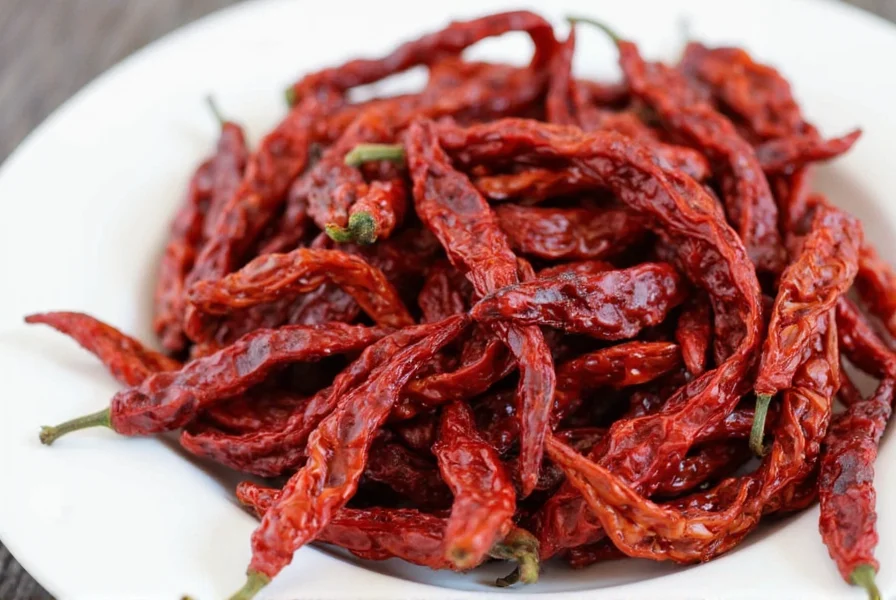
Frequently Asked Questions
Conclusion
Dried Thai bird chiles transform ordinary dishes into extraordinary culinary experiences. Mastering their heat and flavor unlocks authentic Thai cuisine while inspiring innovative global recipes. Whether you’re making traditional curries or modern fusion dishes, these tiny peppers deliver big results.
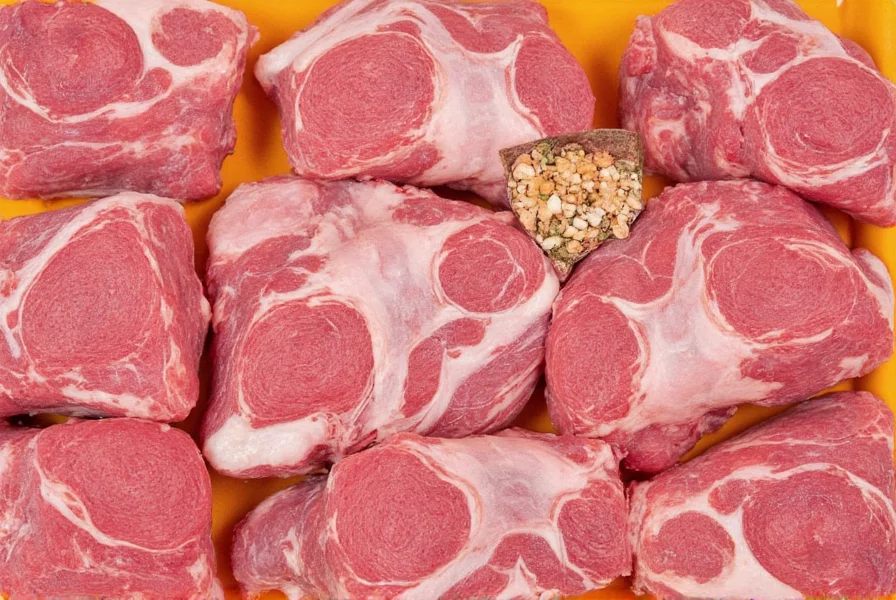

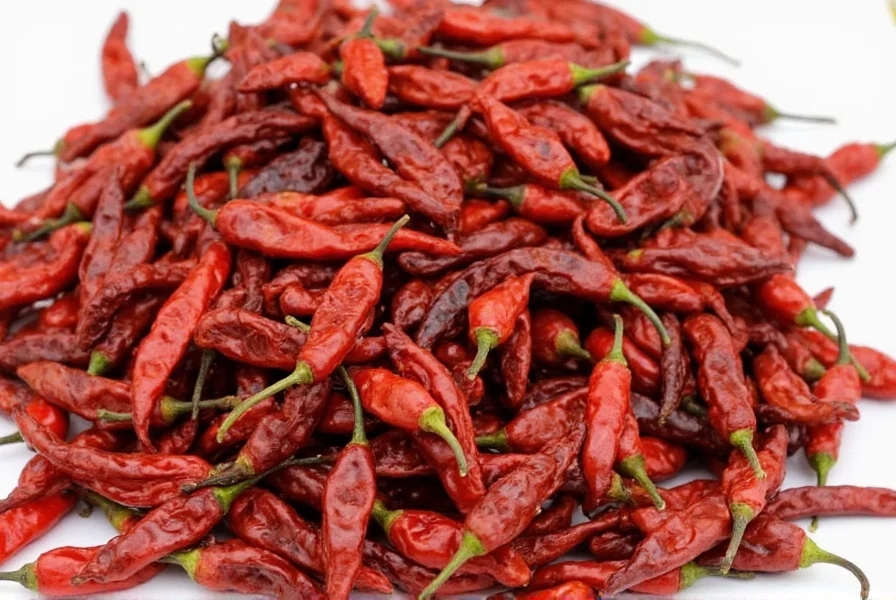









 浙公网安备
33010002000092号
浙公网安备
33010002000092号 浙B2-20120091-4
浙B2-20120091-4